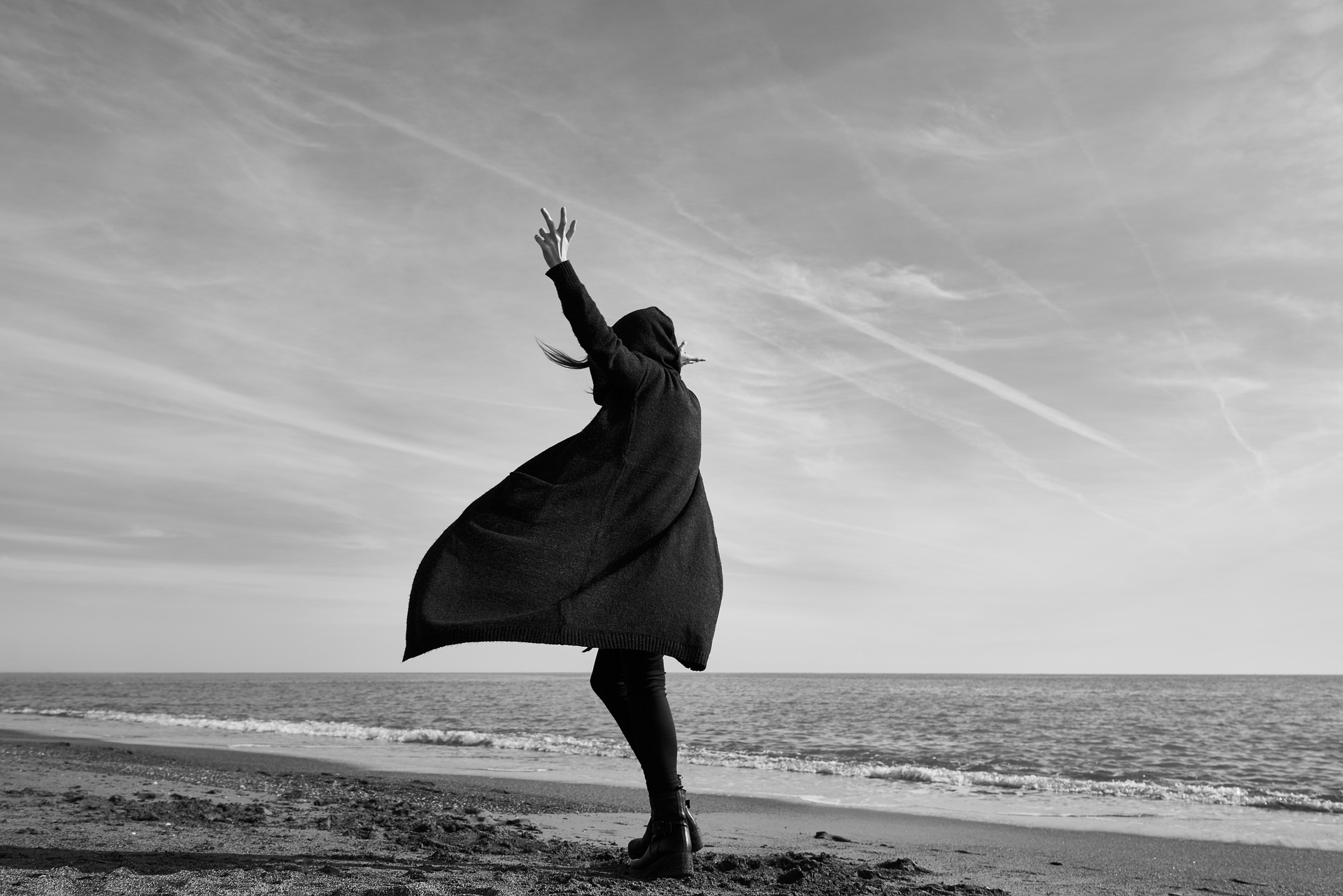Helping Clients Design Personal Grief Rituals
-
-
Paul M Martin
When working with bereaved clients, we may sense the need for a ritual… and find ourselves reaching for a ready supply of generic prescriptions. As Paul M. Martin, clinical psychologist, assistant director of The Center for Grief Recovery and author of Personal Grief Rituals explains, therapists have an opportunity to help clients design something far more expressive, meaningful and tailored to their unique psychological needs.

Become a Certified Advanced Grief Counselling Specialist!
With Christina Zampitella, Claire Bidwell Smith, Rita Schulte & more
Words alone fail to plumb the depths of grief. But talk therapy, as it were, too often privileges language above all else. The therapist and bereaved client sit motionless and talk ad nauseam about loss, leaving both parties uncertain as to what else can be done.
Since time immemorial, humankind has mourned their dead not with mere words, but by performing grief rituals. I define these as specific series of actions, grounded in meaning about death and mourning, that give symbolic expression to thoughts and feelings about a particular loss.
Clients may wish to enact a ritual of their own that carries the promise of a more satisfying mind-body engagement with the mourning process, augmenting traditional psychotherapy with an opportunity to counter the passive experience of grief unfolding beyond one’s control… if only the therapist would hand over the reins.
So how can we help bereaved clients to design a personal grief ritual? Above all, these should be tailored to meet the bereaved individual’s unique psychological needs – an alternative to a culture’s one-size-fits-all ceremonies, or the sweeping recommendations of friends and family to, say, light a candle, spread ashes into a body of water, or write a letter to the deceased. What is profound for one client is a vapid and empty gesture for another.
Working collaboratively, we can guide our client to consider the following elements in designing a grief ritual:
Why?
It is helpful to begin by clarifying why a personal grief ritual might facilitate some facet of the mourning process. This will vary from client to client. Some need activities that actualise the reality of a loss by providing meaningful acts of separation, opportunities for the bereaved to say goodbye, or confrontations with all that has changed because of the loss.
Other clients will benefit more from actions that amplify emotional expression of loss that has otherwise been muted, be it their entire affective repertoire or select feelings. And some individuals will find comfort in rituals that affirm an ongoing abstract connection with the deceased, often referred to as continuing bonds.
When and where?
We can then elicit the individual’s thoughts as to when and where the ritual should take place. Specific times of the year may be pregnant with personal meaning: anniversaries, birthdays, holidays, and family traditions. And the bereaved often have a marked intuition about specific locations that hold significance for them, be it a childhood home, an old haunt where the bereaved and deceased spent innumerable hours together, or the site of their death. Some clients yearn to embody their grief outside in nature, away from the sterile confines of a house or therapy office.
Who?
Therapist and client should also be clear about who will partake. Many choose to perform their unique rituals in solitude. Others invite a select gathering to bear witness, be it a trusted family member, a group of friends, or the professional who assisted in the ritual’s design.
What?
Personal grief rituals owe much of their value to the fact that they are grounded in special meaning about the unique nature of the relationship the individual lost. Objects and various symbols give external form to amorphous feelings and provide a visual representation of what the loss means to the bereaved: keepsakes from cherished memories, household items used often by the deceased, gifts and letters from the departed, remnants of their hobbies and pastimes, photographs of the deceased during healthier times, or items of clothing.
By holding these items or keeping them nearby during a ritual, our client may be better able to access deep wells of emotion, look death straight in the eyes, or strengthen a sense of the deceased’s presence.
Become a Certified Advanced Grief Counselling Specialist!
With Christina Zampitella, Claire Bidwell Smith, Rita Schulte & more
Assessing for complicated bereavement
All of this assumes that the bereaved individual’s natural inclinations will point them in the right direction and lead them through mourning in the healthiest way possible. In cases where a bereaved client’s long-standing temperament and coping style have led them adrift into a storm of complicated bereavement, more guidance may be required in order to right the ship.